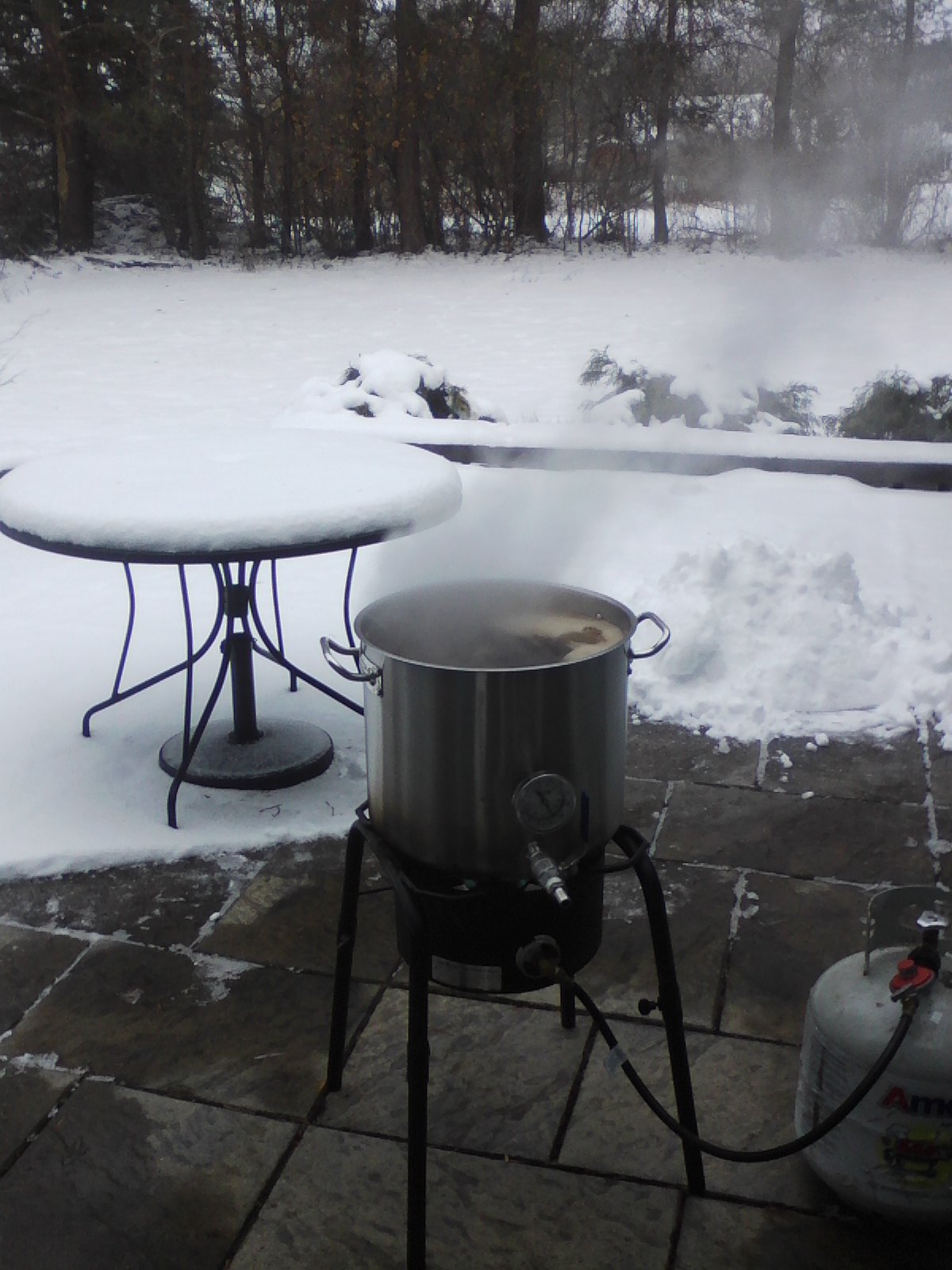brownsfan62
Member
I just started doing AG brewing. In the past, I have always brewed on the stovetop, but I found out pretty quickly that it takes forever to get that larger wort volume to boil.
I have a propane burner on the way (thanks to suggestions on this board ). At the moment, it's 19 degrees outside, which is a heat wave compared to yesterday. I'm figuring that it will probably get colder this winter, but I'll still want to brew some beer. Is there any point where it's just too cold?
). At the moment, it's 19 degrees outside, which is a heat wave compared to yesterday. I'm figuring that it will probably get colder this winter, but I'll still want to brew some beer. Is there any point where it's just too cold?
I have a propane burner on the way (thanks to suggestions on this board
























![Craft A Brew - Safale S-04 Dry Yeast - Fermentis - English Ale Dry Yeast - For English and American Ales and Hard Apple Ciders - Ingredients for Home Brewing - Beer Making Supplies - [1 Pack]](https://m.media-amazon.com/images/I/41fVGNh6JfL._SL500_.jpg)




































